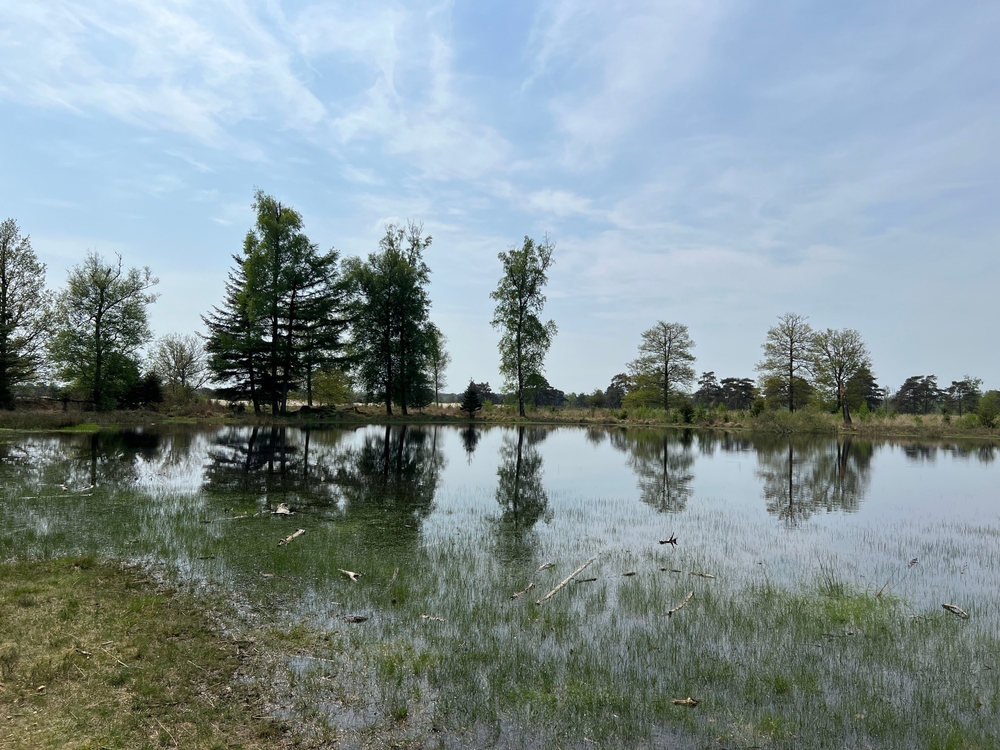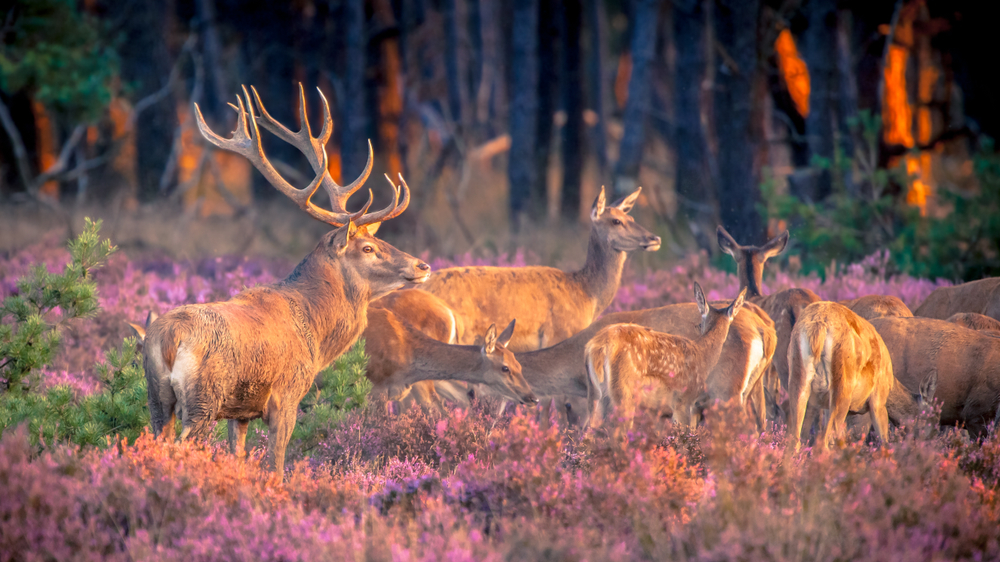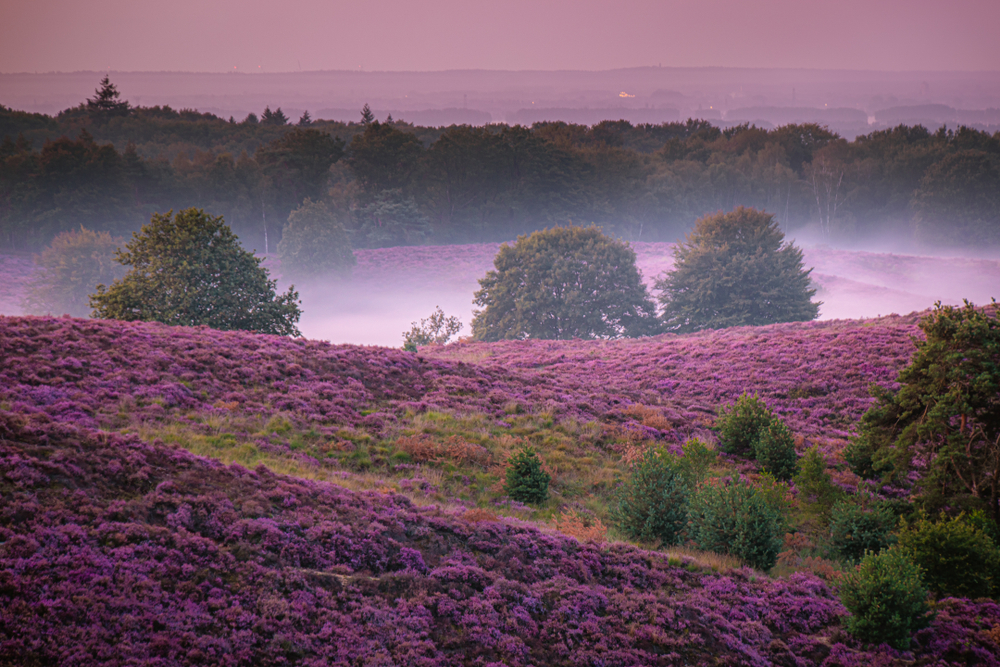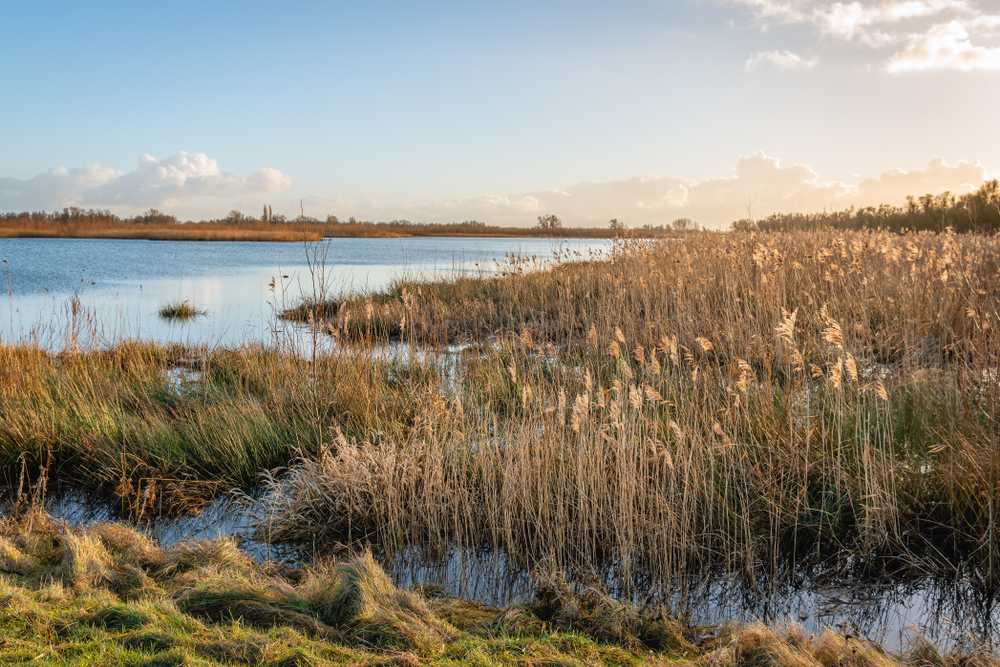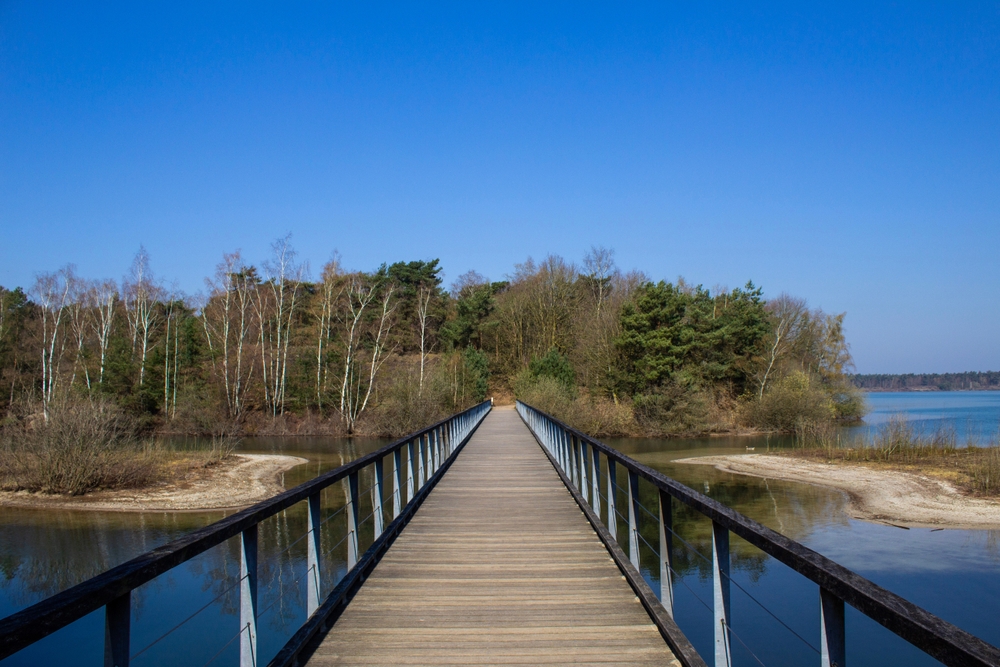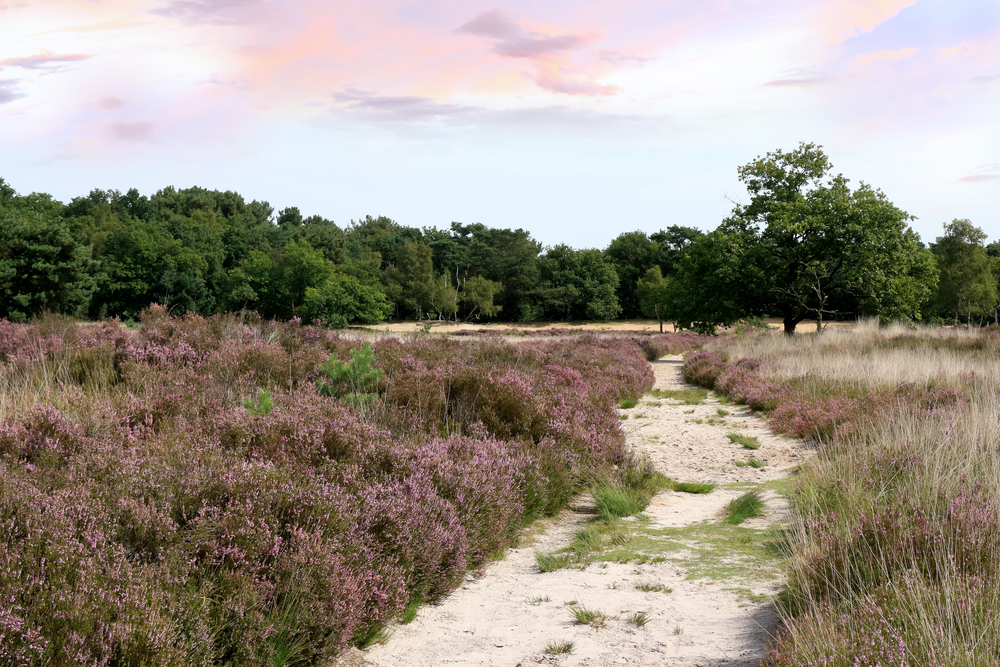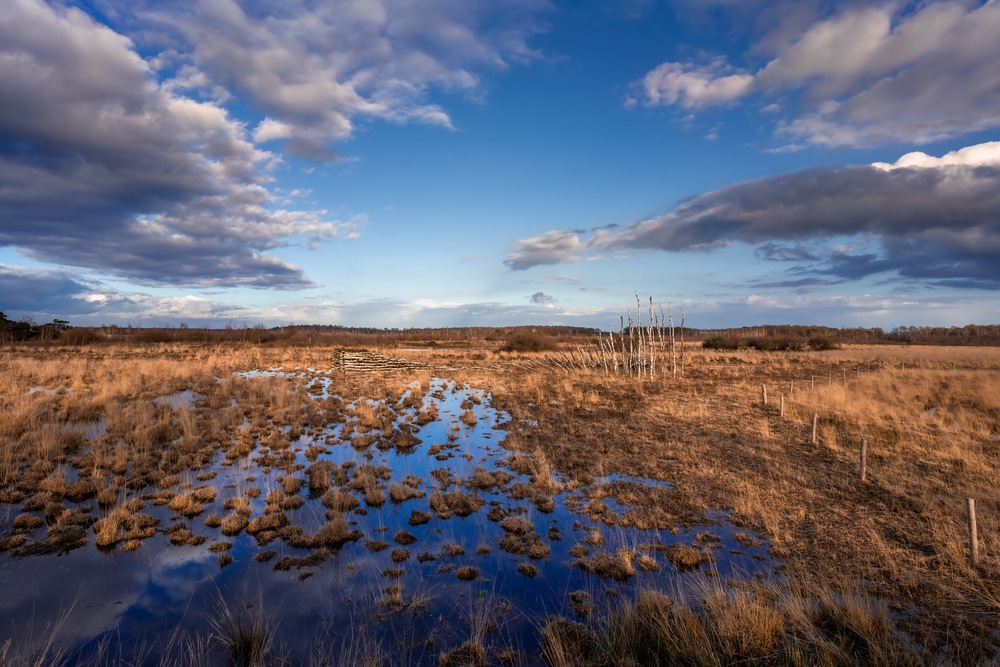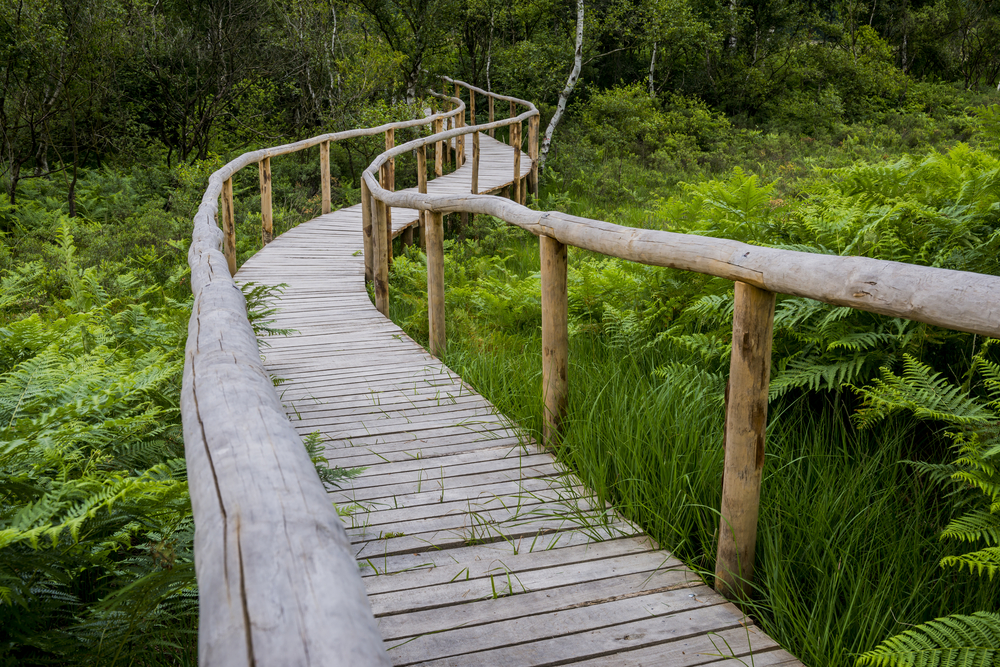Drents-Friese Wold Overview
Drents-Friese Wold National Park, known locally as Nationaal Park Drents-Friese Wold, is one of the largest nature reserves in the Netherlands, spanning approximately 24 square miles (61 square kilometers).
Located in the northern provinces of Drenthe and Friesland, this national park features a stunning mix of landscapes that make it a prime destination for outdoor enthusiasts and nature lovers. The park is characterized by expansive heathlands, dense forests, shifting sand dunes, and meandering streams. The varied terrain includes old oak and pine forests, wet and dry heaths, and open sand drifts, creating a unique mosaic of natural habitats.
A particularly striking feature is the Aekingerzand, often referred to as the “Sahara of the North,” a vast area of drifting sand shaped by wind and time. Additionally, the park is interspersed with fens and peat bogs, remnants of an ancient landscape that once dominated the region.
Drents-Friese Wold is home to a rich diversity of wildlife, offering visitors the chance to observe many fascinating species. Among the most notable mammals in the park are red deer, roe deer, badgers, foxes, and pine martens. The region is also home to smaller mammals such as hedgehogs and hares, which thrive in the park’s varied ecosystems.
Birdwatchers will be especially drawn to the park, as it provides a haven for numerous bird species. The nightjar, a rare and elusive bird, can often be heard during twilight hours, while species such as the woodlark, black woodpecker, and buzzard are common throughout the park. The park’s wetland areas support populations of wading birds like the common snipe and curlew, making it a dynamic place for ornithological exploration.
One of the park’s biggest attractions is its network of well-maintained trails that allow visitors to explore its natural beauty on foot or by bicycle. Over 80 miles (130 kilometers) of hiking trails wind through forests, heathlands, and sand dunes, offering both short and long-distance routes.
Cycling is another popular way to experience the park, with scenic bike paths that provide breathtaking views of the shifting landscapes. For horseback riders, the park features designated bridle paths, allowing equestrians to traverse its open spaces and wooded areas.
Another popular experience is visiting the park’s watchtowers, which provide panoramic views over the surrounding terrain and a great chance to observe wildlife from above.
The park is well managed, with an emphasis on conservation and habitat restoration. Efforts have been made to maintain and restore the natural heathlands and protect the biodiversity of the region. Conservation programs focus on preventing habitat degradation caused by invasive plant species and managing the delicate balance between forest and open heathland.
Sustainable tourism is also a priority, with strict guidelines in place to ensure that visitors can enjoy the park without harming its fragile ecosystems. Drents-Friese Wold National Park is a remarkable example of how conservation and recreation can coexist, providing a sanctuary for wildlife and a peaceful retreat for those who wish to experience nature in its purest form.








































































